Dupa plasarea solicitării de comandă, in sectiunea Istoric puteti vedea cate solicitări de comandă mai avem de procesat inaintea dumneavoastra
Program de lucru: Luni - Vineri 9:00 - 18:00, pauza 13:00 - 14:00.
Se efectueaza lucrari de mentenanta la site si pot aparea erori. In cazul in care intampinati erori va rugam sa reincercati mai tarziu.
Ridicarea personala este disponibila pentru comenzile achitate in avans. Se pot ridica dupa ce sunt pregatite.
No products
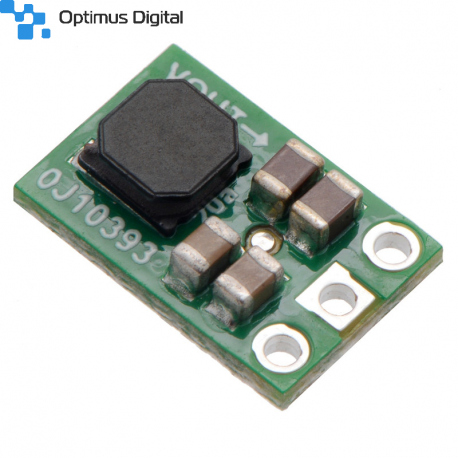 View larger
View larger
Pololu 5V Step-Up/Step-Down Voltage Regulator S9V11F5
0104110000027757
New product
The S9V11F5 switching step-up/step-down regulator efficiently produces 5 V from input voltages between 2 V and 16 V. (Note: it requires an input voltage of at least 3 V to start, but it can operate down to 2 V after startup.) Its ability to convert both higher and lower input voltages makes it useful for applications where the power supply voltage can vary greatly, as with batteries that start above but discharge below 5 V. The very compact (0.3" x 0.45") module has a typical efficiency of over 90% and can supply a typical output current of up to 1.5 A when the input voltage is around 5 V.
See description for more details about the product.
Add to cart now!
This product is no longer in stock
- Write a review
- Remove this product from my favorite's list.
- Add this product to my list of favorites.
More info
Overview
The S9V11x family of efficient switching regulators (also called switched-mode power supplies (SMPS) or DC-to-DC converters) use a buck-boost topology to convert both higher and lower input voltages to a regulated output voltage. They take input voltages from 2 V to 16 V and increase or decrease them as necessary, offering a typical efficiency of over 85% and a typical output current of up to 1.5 A. The flexibility in input voltage offered by this family of regulators is especially well-suited for battery-powered applications in which the battery voltage begins above the regulated voltage and drops below as the battery discharges. Without the typical restriction on the battery voltage staying above the required voltage throughout its life, new battery packs and form factors can be considered.

The different members of this family offer different output voltage options, from fixed voltages with selectable alternatives to adjustable voltages that can be set anywhere between 2.5 V and 9 V using a precision 12-turn potentiometer. Some versions also have an adjustable low-voltage cutoff that can be set anywhere in the 2 V to 16 V output voltage range and used to prevent your battery from over-discharging. This is particularly useful for battery chemistries that can be damaged when over-discharged, including Li-ion and LiPo. The chart below lists all the regulators in the S9V11x family along with the key features of each version:
| Regulator | Input (V) | Output (V) | Low-voltage cutoff | Size | |
 |
S9V11MACMA | 2* - 16 | 2.5 – 9 (fine-adjust) | fine-adjust | 0.50" x 0.60" x 0.25" |
 |
S9V11MA | 2.5 - 9 (fine-adjust) | - | ||
 |
S9V11F5S6CMA | 5 (6 V selectable) | fine-adjust | ||
| S9V11F3S5CMA | 3.3 (5 V selectable) | fine-adjust | |||
 |
S9V11F3S5 | 3.3 (5 V selectable) | - | 0.50" x 0.60" x 0.17" | |
| S9V11F3S5C3 | 3.3 (5 V selectable) | 3 V (fixed) | |||
| S9V11F5 | 5 | - | 0.30" x 0.45" x 0.17" | ||
* The regulator has a minimum start-up voltage of 3 V, but it can operate down to 2 V after startup. It is disabled when the input voltage is below the low-voltage cutoff.
These regulators have short-circuit protection, and thermal shutdown prevents damage from overheating; they do not have reverse-voltage protection. Note that the startup current is limited to approximately 700 mA until the output voltage reaches the nominal voltage; after startup, the available current is a function of the input voltage (see the Typical efficiency and output current section below).
Features
• Input voltage: 2 V to 16 V (note: this regulator requires 3 V to start, but it can operate down to 2 V after startup)
• Fixed 5 V output with +5/-3% accuracy
• Typical maximum continuous output current: 1.5 A (when input voltage is around 5 V; the Typical Efficiency and Output Current section below shows how the achievable continuous output current depends on the input voltage)
• Power-saving feature maintains high efficiency at low currents (quiescent current is less than 0.2 mA)
• Integrated over-temperature and short-circuit protection
• Small size: 0.3" x 0.45" x 0.15" (7.6 x 11.4 x 3.8 mm)
Using the Regulator
During normal operation, this product can get hot enough to burn you. Take care when handling this product or other components connected to it.
Connections
The step-up/step-down regulator has just three connections: the input voltage (VIN), ground (GND), and the output voltage (VOUT). These through-holes are arranged with a 0.1" spacing along the edge of the board for compatibility with standard solderless breadboards and perfboards and connectors that use a 0.1" grid. You can solder wires directly to the board or solder in either the 3x1 straight male header strip or the 3x1 right-angle male header strip . VOUT is labeled on the silkscreen on one side of the board, and GND is in the middle and can be identified by its square pad.
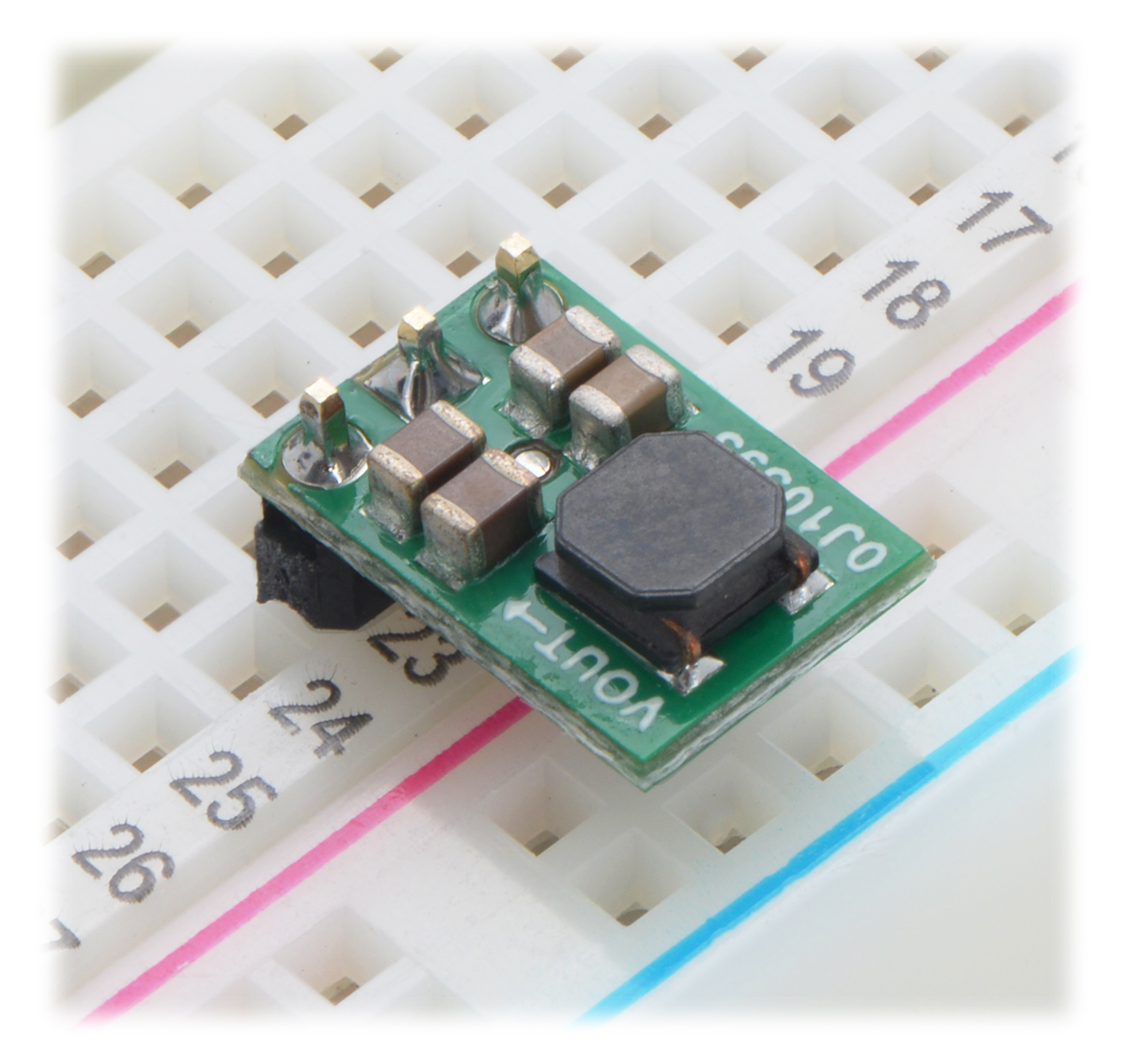
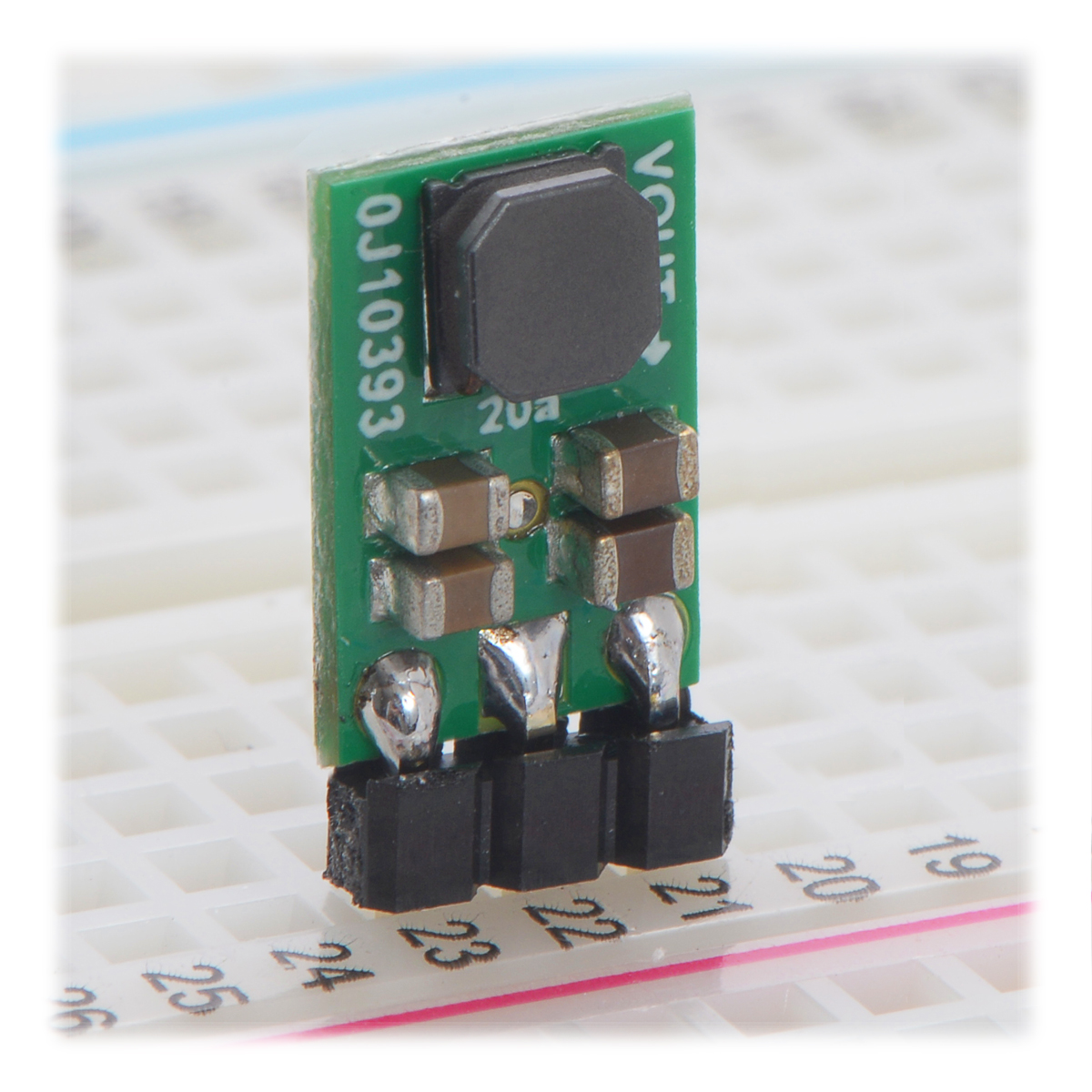
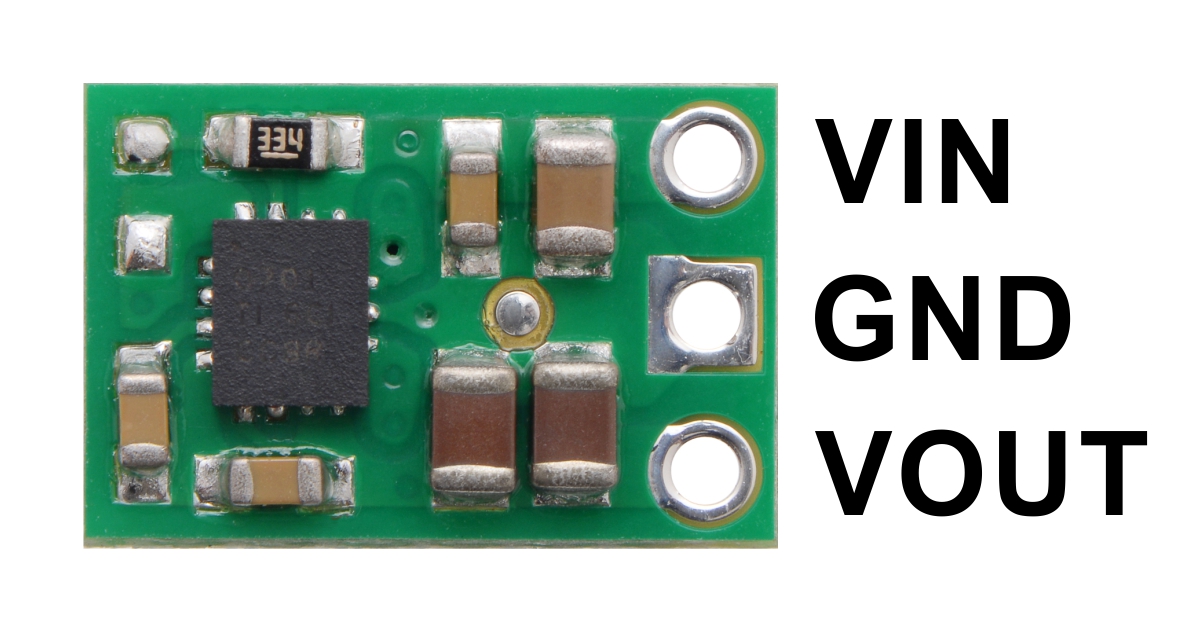
The input voltage, VIN, should be between 3 V and 16 V when the regulator is first powered. After it is running, it can continue operating down to 2 V. Lower inputs can shut down the voltage regulator; higher inputs can destroy the regulator, so you should ensure that noise on your input is not excessive, and you should be wary of destructive LC spikes (see below for more information).
The output voltage, VOUT, is regulated to a fixed 5 V, but it can be as high as 5.2 V when there is little or no load on the regulator.
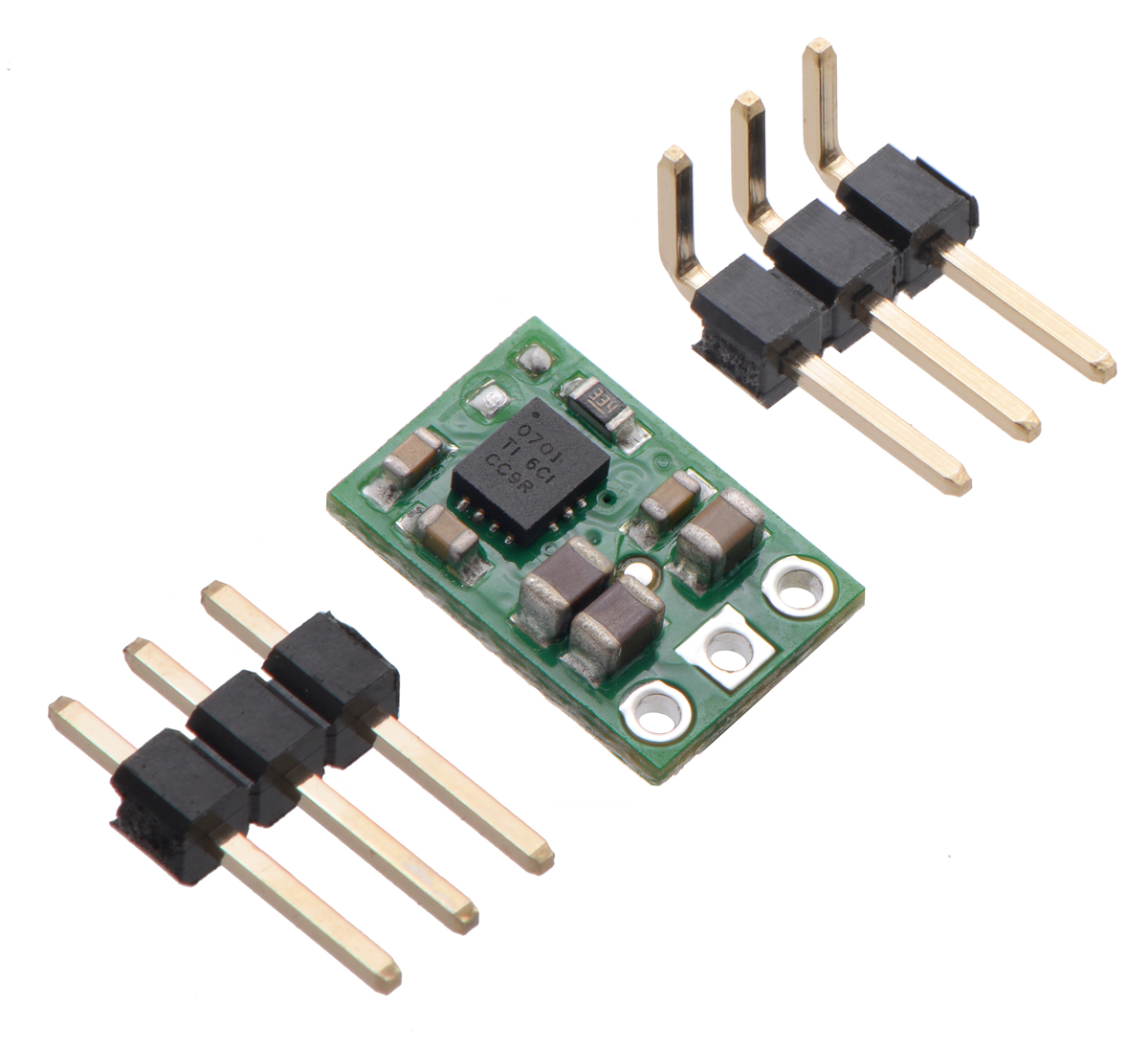
Typical Efficiency and Output Current
The efficiency of a voltage regulator, defined as (Power out)/(Power in), is an important measure of its performance, especially when battery life or heat are concerns. As shown in the graph below, this switching regulator typically has an efficiency of 85% to 95%. A power-saving feature maintains these high efficiencies even when the regulator current is very low.

The maximum achievable output current of the board varies with the input voltage but also depends on other factors, including the ambient temperature, air flow, and heat sinking. The graph below shows maximum output currents that the regulator can deliver continuously at room temperature in still air and without additional heat sinking. The regulator can temporarily deliver up to around 2 A, though it will typically quickly overheat under such conditions and go into thermal shutdown.
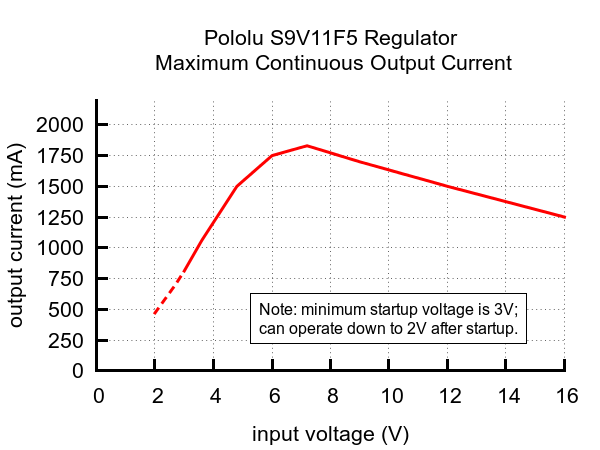
Note that the startup current is limited to approximately 700 mA, and currents in excess of this are only available after the output has finished rising to 5 V. Large capacitive loads will generally not pose a problem because they will gradually charge up even with the current limit active, so while they may increase the time it takes the regulator to start up, the regulator should still eventually get to 5 V. A purely resistive load, however, could prevent the regulator from ever reaching 5 V. For example, if you put a 5 Ω resistor between VOUT and GND and then apply power to the regulator, the output voltage will never rise past 3.5 V, the voltage at which the current draw reaches the 700 mA limit. As such, this regulator is intended for applications like robotics, where any large loads are controllable and can be applied only after the regulator has finished starting up.
LC Voltage Spikes
When connecting voltage to electronic circuits, the initial rush of current can cause voltage spikes that are much higher than the input voltage. If these spikes exceed the regulator’s maximum voltage, the regulator can be destroyed. If you are connecting more than about 12 V, using power leads more than a few inches long, or using a power supply with high inductance, we recommend soldering a 33 μF or larger electrolytic capacitor close to the regulator between VIN and GND. The capacitor should be rated for at least 20 V.
More information about LC spikes can be found in our application note, Understanding Destructive LC Voltage Spikes.
Specifications
Dimensions
| Size: | 0.3" x 0.45" x 0.15"1 |
| Weight: | 0.5 g1 |
General specifications
| Minimum operating voltage: | 2 V2 |
| Maximum operating voltage: | 16 V |
| Maximum output current: | 1.5 A3 |
| Output voltage: | 5 V |
| Reverse voltage protection?: | N |
| Maximum quiescent current: | 0.2 mA4 |
Notes:
1 Without included optional headers.
2 Note: the minimum startup voltage is 3V, but the regulator can operate down to 2V after startup.
3 Under typical conditions, where the input voltage is close to the output voltage. Maximum output current can be higher when stepping down and lower when stepping up.
4 With no load. Actual quiescent current depends on input voltage; it is typically under 100 µA for input voltages less than 7 V.
Don't delay, buy today.
Add to cart now!
Reviews
Customers who bought this product also bought:
-
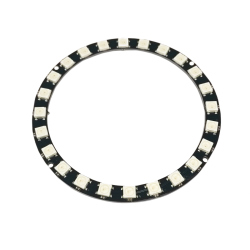
LED Ring...
LED Ring with 24 Addressable WS2812 RGB LEDs
23,18 lei
-
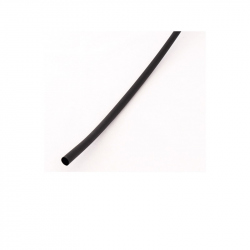
6 mm...
6 mm Shrinkable Tube (1 m)
0,85 lei
-

SYB-170...
Colored mini breadboard, ideal for small...
2,37 lei
-
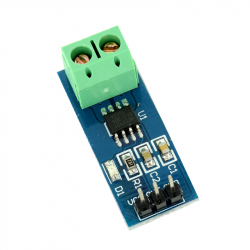
ACS712 30 A...
ACS712 30 A Current Sensor See description for...
14,99 lei
-
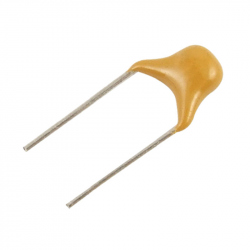
100 nF...
Passive component with two electrics terminals....
0,39 lei
-
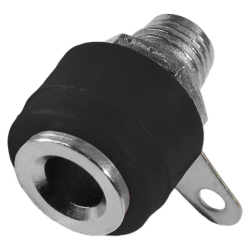
Female...
Female Banana Plug for Panel (Black)
0,99 lei
-
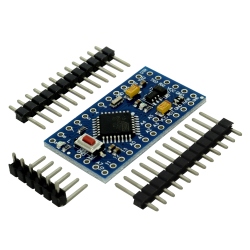
Development...
Development Board Compatible with Arduino Pro...
19,99 lei
-
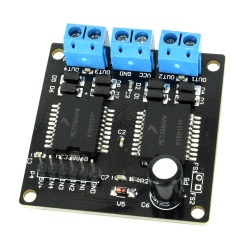
MC33886 Dual...
A dual motor driver capable of supplying...
64,99 lei
-
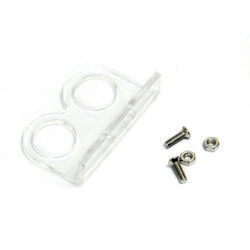
HC-SR04...
This mounting bracket is suitable for your...
4,99 lei
-
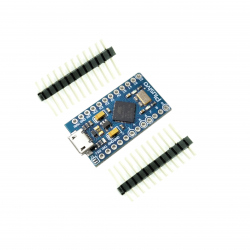
Development...
This development board is the best choice for...
27,99 lei










